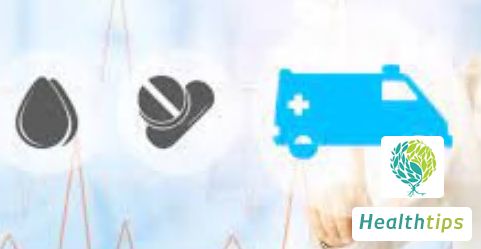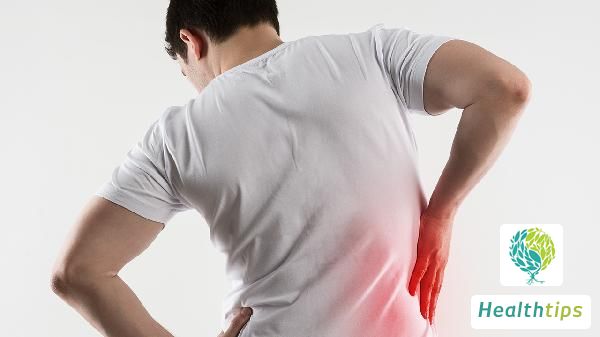What are the Symptoms and Treatments for Lumbar Disc Bulge?
1. Lumbar disc herniation is the most common clinical cause of low back and leg pain. Lumbar disc bulge is a milder form of lumbar disc herniation, where the annulus fibrosus of the intervertebral disc remains intact, but the nucleus pulposus of the disc bulges backward. This condition is mainly caused by prolonged standing, sitting, maintaining the same posture for a long time, or strain and trauma.

2. When the lumbar disc swells, the swollen disc can mildly compress the dura mater and spinal cord, simultaneously causing compression and irritation to the lumbar sinus nerve, leading to symptoms of low back pain. Sometimes, some patients may experience pain and discomfort in the lower limbs. Sometimes, there may be local tenderness at the swollen lumbar area, but generally, there is no obvious radiating pain or numbness and discomfort in the lower limbs.
Does Lumbar Disc Herniation Require Surgical Treatment?
For patients with central lumbar disc herniation, lumbar disc prolapse, free-fragment lumbar disc prolapse, and lumbar spinal stenosis, surgical treatment is recommended to fully relieve the compression symptoms in the spinal canal. Depending on the compressed segment and location, different surgical treatment methods are used. Bed rest, wearing a lumbar support belt for ambulation, using anti-inflammatory and analgesic medications, and pelvic traction therapy can significantly relieve or cure the condition. Whether surgical treatment is necessary for lumbar disc herniation depends on a comprehensive evaluation of the degree of disc herniation and the patient's symptoms.



















